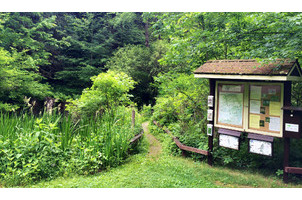Search for rkid_species inquirenda%3Aurn%3Alsid%3Abiodiversity.org.au%3Aafd.taxon%3Ac6b48a17-098a-4c50-8a79-7be792a1088b returned 5,041 results.
Refine results
Refine results
Section
- Data resource (2,464)
- Species (1,157)
- Biodiversity Science project (610)
- Site Page (465)
- Data provider (145)
- Common Name (79)
- Support article (65)
- Species list (37)
- Institution (17)
- Spatial layer (2)
Taxonomic rank
- Species (1,015)
- Species Inquirenda (doubtful identity) (70)
- Species Group (40)
- Unranked (24)
- Family (3)
- Superspecies (3)
- Genus (1)
- Subspecies (1)
Image available
- Yes (91)
Lifeforms
- Fungi (716)
- Insects and Spiders (81)
- Molluscs (21)
- Crustaceans (20)
- Birds (13)
- Reptiles (7)
- Amphibians (1)
Taxonomic status
- Accepted (995)
- Synonym (121)
- Miscellaneous Literature (17)
- Heteroptypic Synonym (11)
- unreviewed (11)
Conservation status in NSW
- Endangered (1)
Conservation status in VIC
- Critically Endangered (6)
- Endangered (3)
-
Site Page: Citizen science conference ticket giveaway – Atlas of Living Australia
Posted on 11th August 2021 Win a complimentary registration to the ACSA virtual conference from 27 to 29 October 2021. We’re proud to be sponsoring this year’s ACSA conference and we’re giving away one registration ticket to “CitSciOz21: Celebrate, Communicate, Co-create” the Australian Citizen Science Association’s virtual conference 27 – 29 October, 2021 (valued at $105...
-
Biodiversity Science project: Grunion Greeters: Citizen Science on the Beach
Volunteer “Grunion Greeters” experience a grunion run and witness the remarkable behavior of the silvery little fish as they come completely ashore to spawn. Volunteers monitor local beaches and collect basic information for about two hours during a grunion run. Peak spawning season typically occurs from April through June. The grunion runs occur late at night, twice a month, after the highest tides associated with a full or new moon...
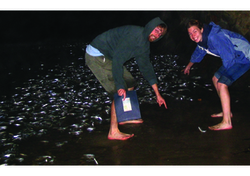
-
Biodiversity Science project: Wildbook for Whale Sharks
The ECOCEAN citizen science program allows any member of the community to be involved in collecting important identification data on whale sharks. Citizen scientists across the world can take a photo of the spot patterns on the skin of a whale shark and enter the photo into the ECOCEAN Whale Shark Photo-identification Library. ECOCEAN will then use this photo as a way to identify the whale shark, determine their movements and if they have been seen in the same area before...

-
Biodiversity Science project: Bat Detective.
Bat Detective is an online citizen science project which allows visitors to the website to take part in wildlife conservation by listening out for bat calls in recordings collected all over the world. By sorting the sounds in the recordings into insect and bat calls, bat detectives will help biologists learn how to reliably distinguish bat 'tweets' to develop new automatic identification tools...

-
Biodiversity Science project: Showerhead Microbiome
Water sustains life. The same is as true of the ocean as it is in your body or home. Showerheads are often wet and so offer a realm in which life can live. That life can colonize showerheads either from the water itself (tap water contains many kinds of life, from bacteria to nematodes to crustaceans, as does bottled water), or from those organisms that bounce back up onto the showerhead from your body when you stand and cleanse...
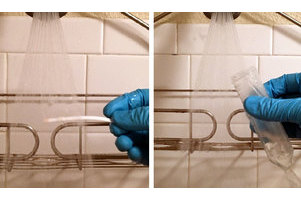
-
Biodiversity Science project: The Feather Map of Australia project
The Feather Map of Australia project aims to collect waterbird feathers from wetlands around Australia. These feathers will be analysed using nuclear techniques, such as mass spectrometry and high resolution X-ray fluorescence, to identify stable isotopes and minerals that are incorporated into feathers through the ingestion of food. These analyses will identify the differences in feathers from diverse parts of Australia, creating a Feather Map...

-
Biodiversity Science project: Project eTrout
Virtual reality (VR) provides exciting opportunities for environmental education and research. We invite your participation in a new program to engage students, anglers, and citizen scientists in fish ecology and climate change research using new VR methods. Participants will learn about fish ecology first-hand by exploring streams in VR and will be members of a research team lead by US Geological Survey (USGS) scientists...
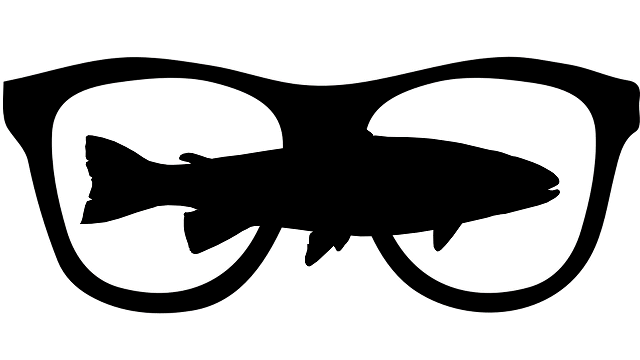
-
Biodiversity Science project: Manta Matcher
Manta rays are threatened species, vulnerable to extinction. Researchers across the globe are studying these animals in a bid to protect remaining populations. Monitoring wild populations can be difficult since manta rays are elusive, widely distributed and highly migratory. However, all manta rays have unique spot patterning on their undersides that can be used to permanently identify individuals...
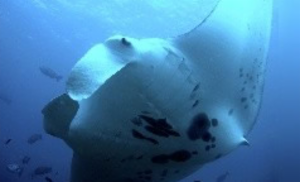
-
Biodiversity Science project: Bird Conservation Network Survey
The Bird Conservation Network Survey needs citizen scientists to record bird distribution and abundance information for birds in the Greater Chicago region. Bird monitors can participate at different levels: - If you have a special interest in a particular site, you can become a regular monitor at that site and keep a year-round watch on the birds that nest, winter, or migrate through that site...
-
Biodiversity Science project: Nature’s Clock: Fern Glen Phenology Trail
What determines when flowers bloom? When butterflies emerge from their chrysalises? When trees drop their leaves? Or when birds migrate? Answers to these and other questions about plant and animal lifecycle events can be found in the science of phenology. Nature’s clock is guided by three main factors: sunlight, temperature, and precipitation. The health of species and ecosystems depends on lifecycle events happening at the right time...

